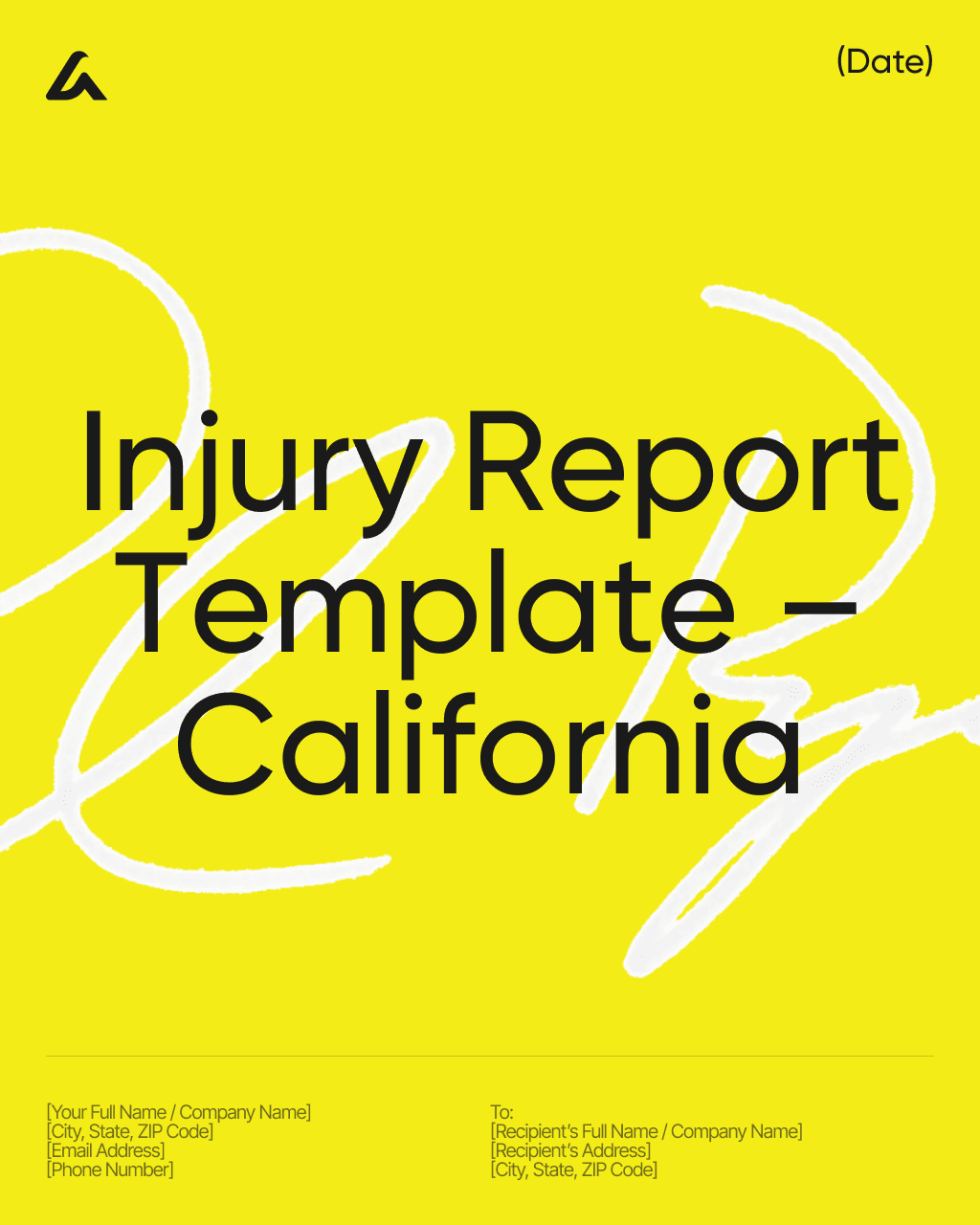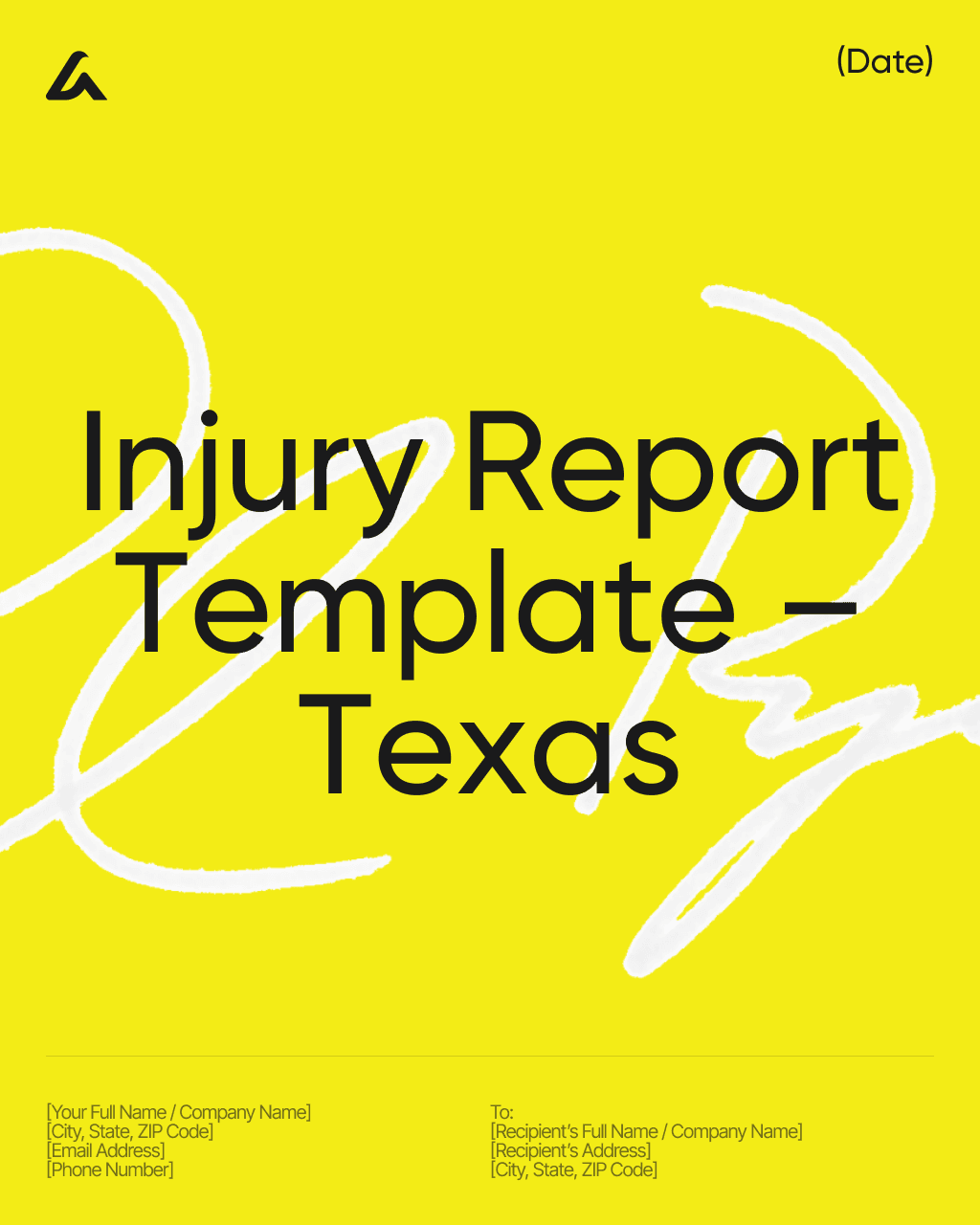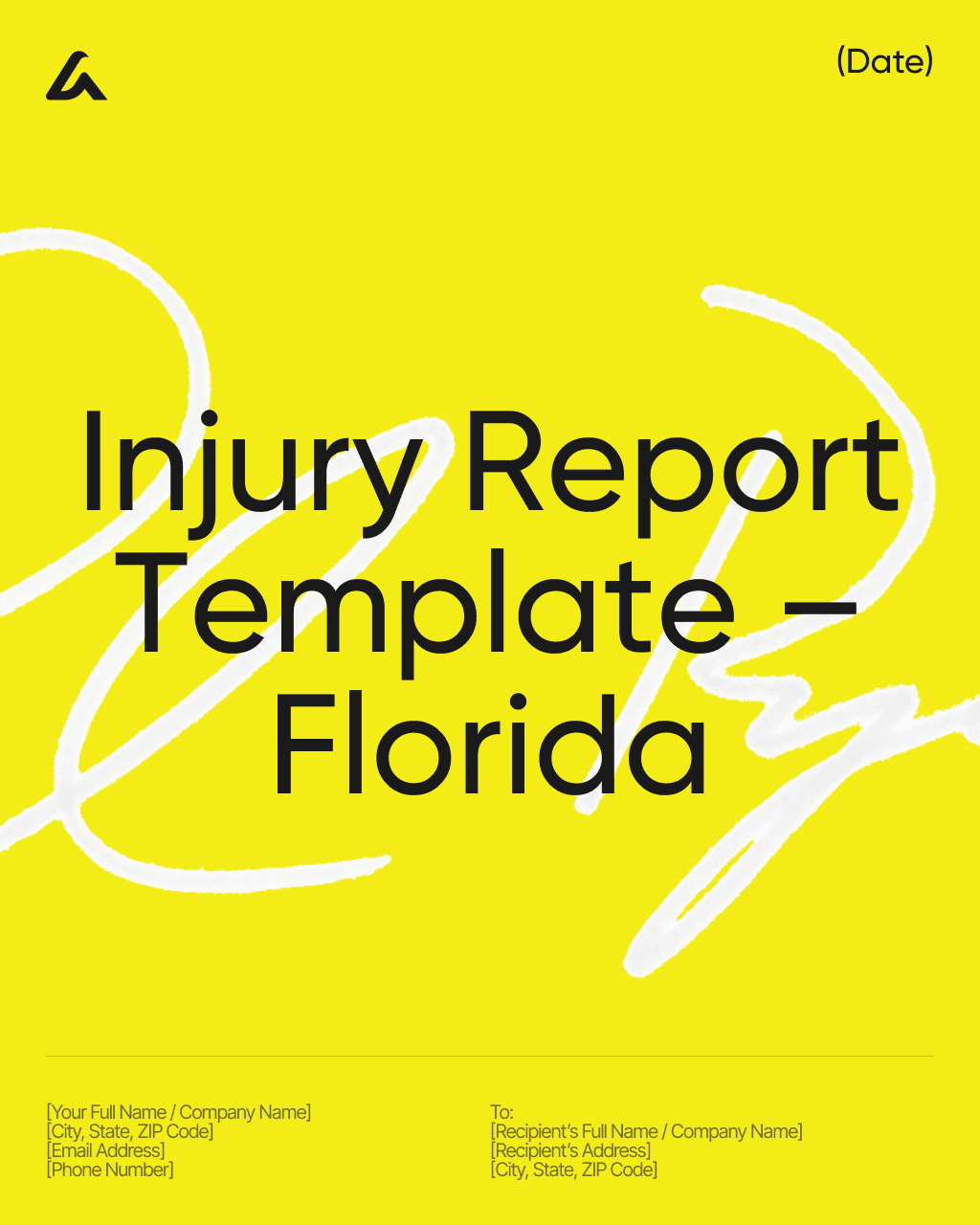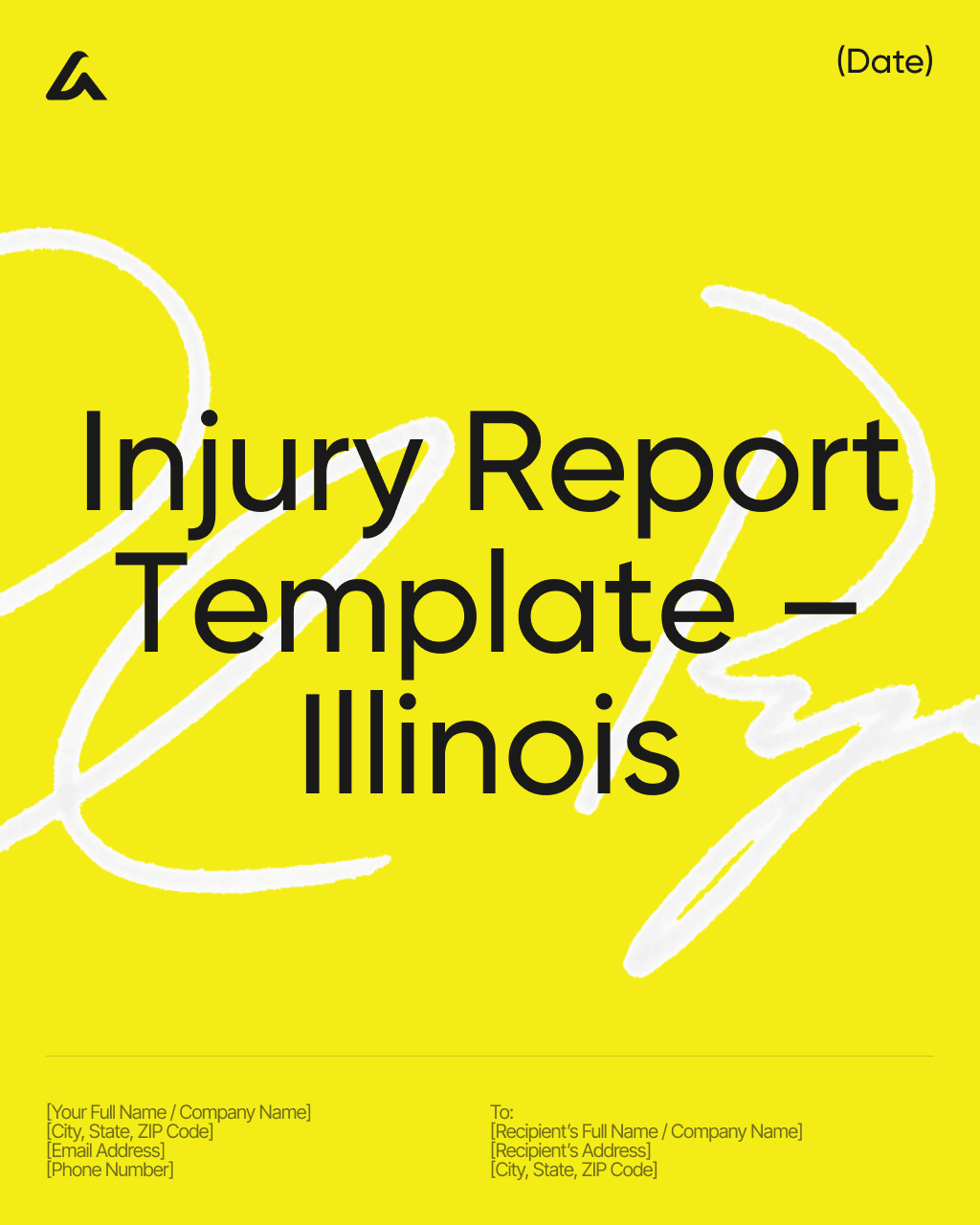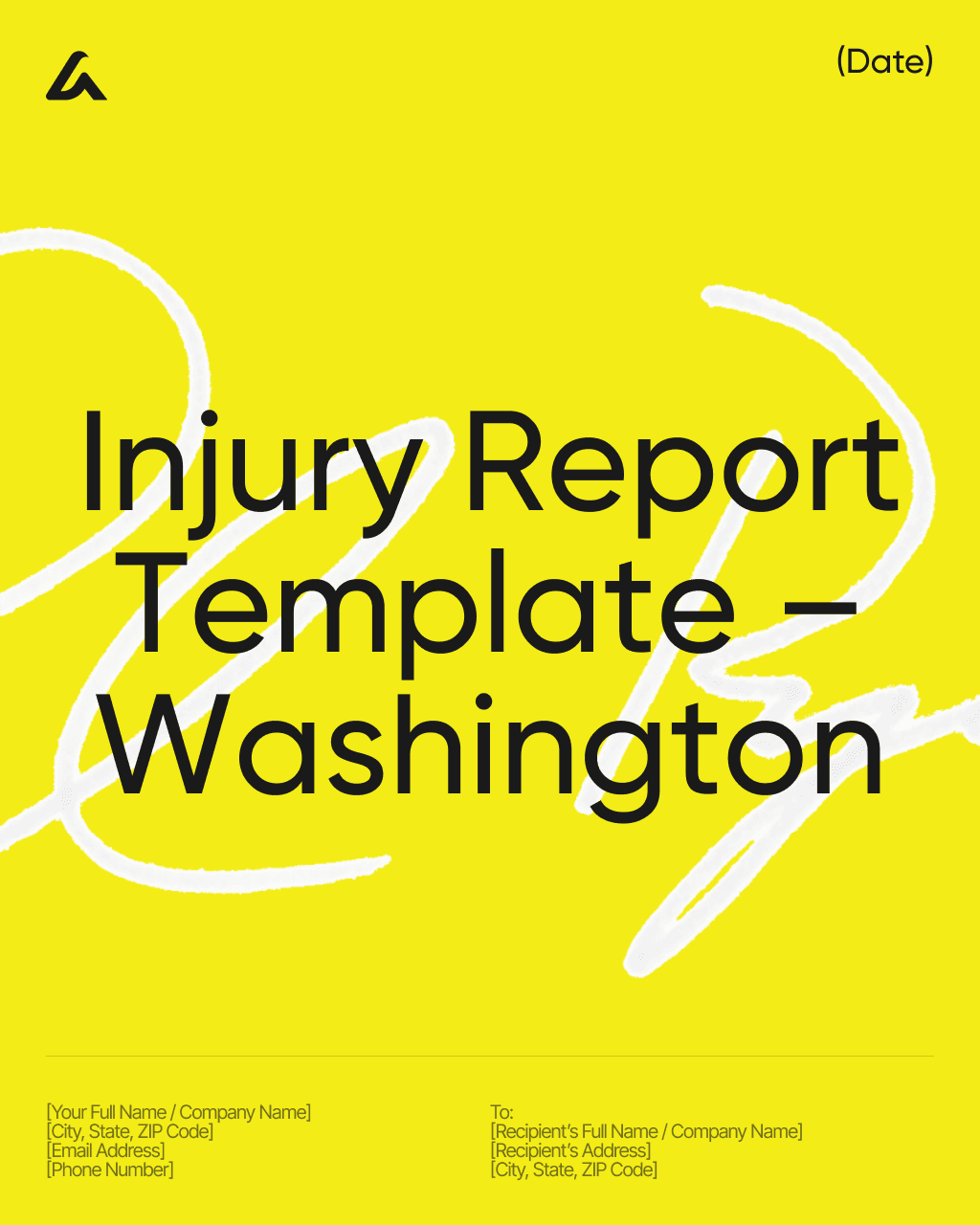Free template
Employee Handbook Template: Policies, Conduct, Benefits & Compliance
Clearly outline workplace policies and employee responsibilities with this Employee Handbook Template
Downloaded 4624 times
Download template
Employee Handbook
This Employee Handbook (“Handbook”) is issued on [Date] by [Company Name], a [State/Country] company with its principal place of business at [Address] (“Company”), to all employees of the Company (“Employees”). The Handbook sets forth Company policies and guidelines and is not a contract of employment. Where permitted by law, employment with the Company is at will.
1. Purpose and Scope
This Handbook communicates Company policies, procedures, and expectations. It applies to all Employees, including full-time, part-time, temporary, and probationary staff, unless a policy states otherwise.
2. Employment Relationship and At-Will Statement
Unless a written agreement signed by the [CEO/HR Head] specifies otherwise, employment is at will (where permitted), meaning either the Company or the Employee may terminate employment at any time, with or without cause or notice, subject to applicable law.
3. Equal Employment Opportunity (EEO)
The Company provides equal employment opportunities to all Employees and applicants and prohibits discrimination and harassment based on protected characteristics under applicable law.
4. Anti-Harassment and Reporting
The Company strictly prohibits harassment, including sexual harassment. Employees who experience or witness misconduct should report it promptly to [HR/Manager/Hotline]. Reports will be reviewed, and retaliation is prohibited.
5. Code of Conduct and Professionalism
Employees must act honestly, respectfully, and in the Company’s best interests; avoid conflicts of interest; safeguard Company property and information; and comply with all applicable laws and policies.
6. Work Hours, Attendance, and Timekeeping
Standard work hours are [days/hours]. Employees must follow timekeeping procedures, obtain approval for overtime (if non-exempt), and notify their manager of absences or lateness per policy.
7. Compensation and Payroll Practices
Employees will be classified as exempt or non-exempt under applicable wage and hour laws. Pay periods, overtime eligibility, meal/rest breaks, and paycheck delivery follow Company procedures.
8. Benefits Eligibility and Overview
Eligible Employees may participate in Company benefit plans per plan documents, which govern eligibility, enrollment, and coverage. Summaries and contacts are available from HR.
9. Leave and Time Off
The Company provides leave in accordance with law and policy, including paid time off, sick leave, holidays, and other statutory leaves. Requests must follow established procedures.
10. Health, Safety, and Workplace Security
Employees must follow safety rules, report hazards or incidents immediately, and cooperate with investigations. The Company may maintain access controls and security measures to protect people and property.
11. Confidentiality and Intellectual Property
Employees must protect confidential and proprietary information. Work product and inventions created within the scope of employment or using Company resources may be owned by the Company as permitted by law.
12. Technology and Acceptable Use
Company systems, devices, networks, and accounts are primarily for business use. Employees must follow acceptable-use, privacy, and data security standards; unauthorized access or sharing is prohibited.
13. Social Media and Communications
Employees should communicate professionally and avoid representing personal views as Company positions. Disclosure of confidential information is prohibited in any medium.
14. Performance Management and Discipline
The Company provides feedback through reviews and coaching. Policy violations may result in corrective action up to and including termination, subject to applicable law and Company discretion.
15. Problem Resolution and Open-Door Policy
Employees are encouraged to raise concerns with their manager or HR. The Company will review concerns promptly and in good faith.
16. Drug-Free and Violence-Free Workplace
The Company prohibits unlawful drugs, alcohol abuse, weapons, threats, or violence on Company premises or during Company business, subject to applicable law.
17. Remote and Hybrid Work (If Applicable)
Remote/hybrid Employees must meet performance expectations, maintain safe and secure workspaces, and comply with data privacy and security requirements.
18. Local Variations and Compliance
Where local law requires different or additional terms, the Company may issue location-specific addenda that supersede conflicting provisions of this Handbook.
19. Amendments and Interpretation
The Company may revise this Handbook at any time. HR is responsible for interpreting policies and communicating changes.
20. Acknowledgment of Receipt (Employee to Sign)
I acknowledge receipt of the Company’s Employee Handbook dated [Date]. I understand it is my responsibility to read and comply with the policies. I understand this Handbook is not an employment contract and that, where permitted, employment is at will.
Employee Name:
Title/Position:
Employee Signature:
Date:
21. Effective Date and Governing Law
This Handbook is effective as of [Effective Date] and shall be interpreted in accordance with applicable federal, state, and local laws for the locations in which the Company operates.
Flash deal
Flash deal
Today
Today
No time to fill it up? Generate your custom agreement with AI Lawyer in seconds
What’s Included
Legal Research
Legal Research
Legal Research
Contract Drafting
Contract Drafting
Contract Drafting
Document Review
Document Review
Document Review
Risk Analytics
Risk Analytics
Risk Analytics
Citation Verification
Citation Verification
Citation Verification
Easy-to-understand jargon
Easy-to-understand jargon
Easy-to-understand jargon
Details
Learn more about
Employee Handbook Template: Policies, Conduct, Benefits & Compliance
Click below for detailed info on the template.
For quick answers, scroll below to see the FAQ.
Click below for detailed info on the template.
For quick answers, scroll below to see the FAQ.
EMPLOYEE HANDBOOK FAQ
What is an Employee Handbook?
An Employee Handbook is a centralized document that outlines a company’s policies, procedures, benefits, and behavioral expectations. It acts as both a guide for employees and a reference for managers, ensuring that everyone understands the workplace rules, culture, and available resources.
Why is an Employee Handbook important?
It promotes consistency across the organization by ensuring policies are applied fairly and uniformly. A well-structured handbook reduces confusion, supports compliance with employment laws, and helps prevent disputes by clearly defining rights, responsibilities, and processes for handling workplace issues. It also demonstrates the company’s commitment to transparency and accountability.
When should you use an Employee Handbook?
You should provide an Employee Handbook during onboarding so new hires understand expectations from day one. It also serves as an ongoing reference whenever policies are updated, questions arise about conduct or benefits, or managers need a consistent framework to guide decisions and disciplinary actions. Regular updates are recommended to keep it legally compliant and aligned with evolving workplace practices.
What should an Employee Handbook include?
A comprehensive handbook should cover employment status and at-will disclaimers (where applicable), equal opportunity and anti-harassment policies, standards of conduct, work hours and pay practices, benefits and leave entitlements, safety and security rules, confidentiality and data protection, technology and social media use, performance expectations, and disciplinary procedures. An acknowledgment form confirming receipt by the employee should also be included.
Need a fast, customized Employee Handbook?
Use our AI-powered builder to instantly generate a tailored Employee Handbook aligned with your company’s policies and legal requirements — easy to update, distribute, and share with your team.
Similar templates
Other templates from
Employment Legal Templates
Money back guarantee
Free trial
Cancel anytime
AI Lawyer protects
your rights and wallet
Money back guarantee
Free trial
Cancel anytime
AI Lawyer protects
your rights and wallet
Money back guarantee
Free trial
Cancel anytime
AI Lawyer protects
your rights and wallet
Money back guarantee
Free trial
Cancel anytime






















































































